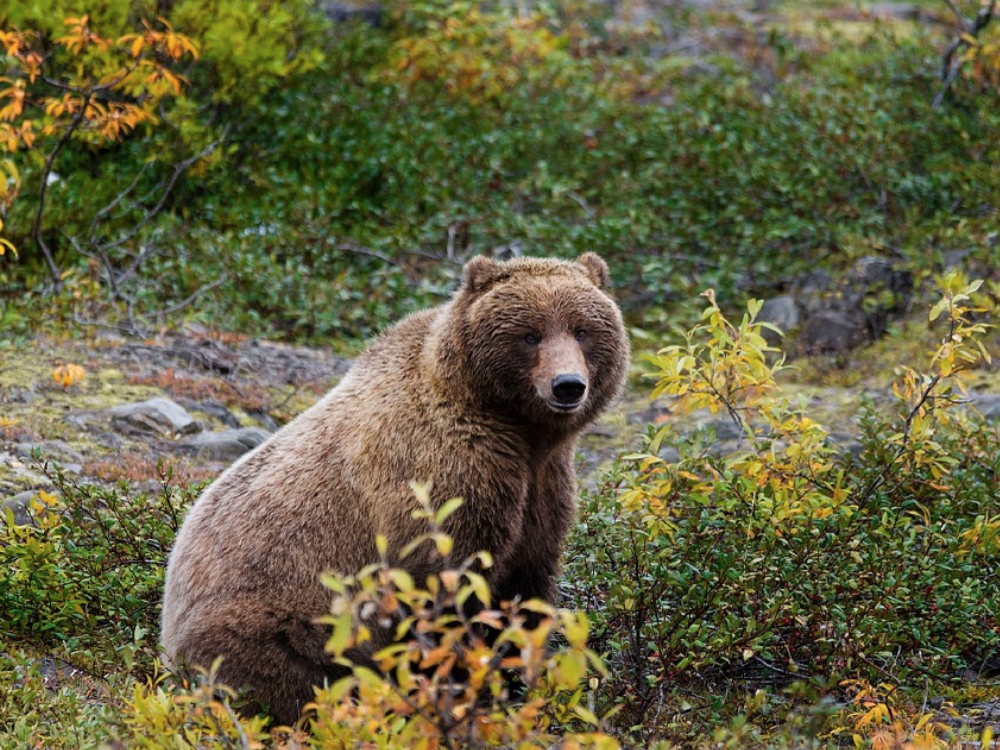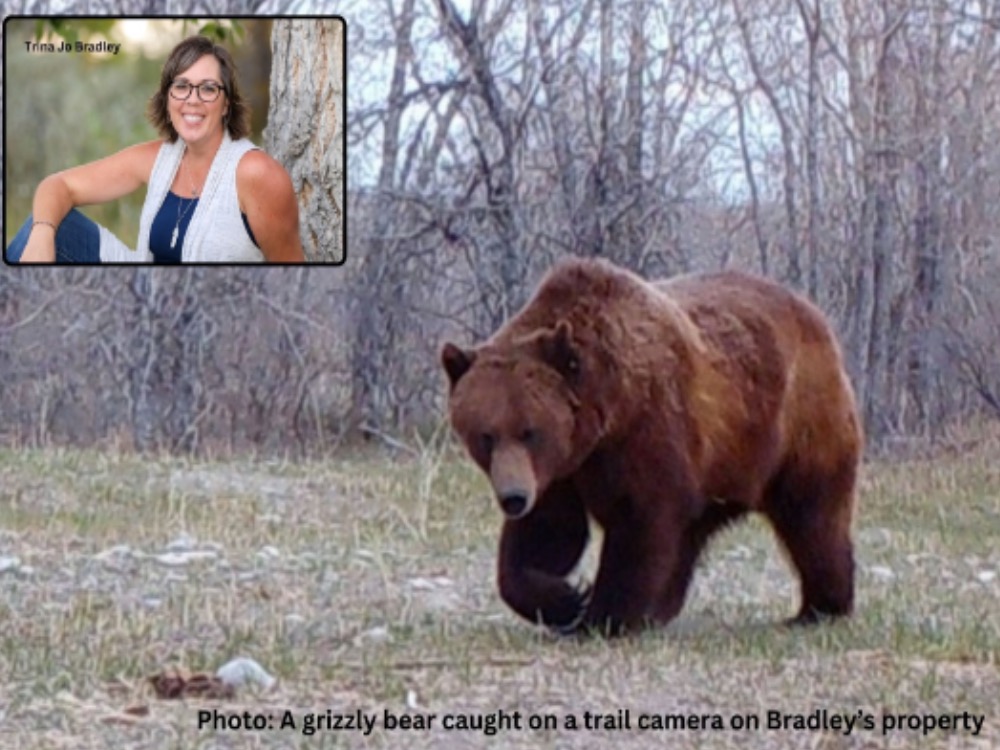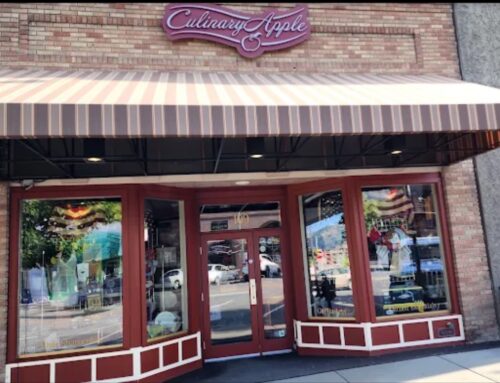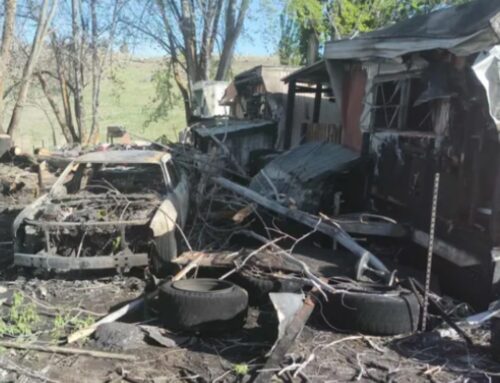|
- Sept. 17: 6 to 8 p.m. at Beehive Grange, 4593 Squilchuck Road, hosted by District 1 Commissioner Kevin Overbay.
- Sept. 18: 6 to 8 p.m. at Lake Chelan Community Center, 103 Bighorn Way, hosted by District 3 Commissioner Tiffany Gering.
- Sept. 19: 6 to 8 p.m. at Leavenworth Fire Hall, 228 Chumstick Hwy, hosted by District 2 Commissioner Shon Smith.

Earlier this year, the National Park Service and U.S. Fish & Wildlife Service announced a decision to restore grizzly bears to the North Cascades of Washington, where the animals once roamed.
Grizzly bears occupied the North Cascades region for thousands of years as a key part of the ecosystem. Populations declined primarily due to direct killing by humans. The last confirmed sighting of a grizzly bear in the U.S. portion of the North Cascades ecosystem was in 1996.
In the Record of Decision released April 25, agencies have decided to restore grizzly bears to the North Cascades ecosystem through the translocation of grizzly bears from other ecosystems in the Rocky Mountains or interior British Columbia. The decision is the culmination of an Environmental Impact Statement process that began in 2022. No timeline for the restoration has been announced.
“Unfortunately, grizzly bears are coming to the North Cascades, but there are things people can do to prepare for their arrival,” Bradley said. “Conflict prevention is key to successfully living with grizzly bears and other wildlife. It doesn’t prevent all conflicts, but it is much better to be prepared than it is to try to react to conflicts as they are happening.”
U.S. Fish and Wildlife and the National Park Service also will be available at the meetings. They will give a general overview of the North Cascades Grizzly Bear Restoration Plan and 10(j) Rule and will be available to answer any questions from the public. This will be an opportunity to ask questions about the plan that has been approved.
In addition, an update will be given on BearWise hazard assessments underway in the South Lakeshore Road area and in other parts of Chelan County. The assessment will be completed by the end of the year.
Bradley said she hopes attendees understand that while living with grizzly bears is hard, it can be done. She will share resources for anyone interested in wildlife conflict prevention.
“The information in this presentation is applicable to everyone in Washington, whether they are ranchers, farmers, recreationists or community members,” Bradley said. “Everyone has to work together to support good grizzly bear management and keep conflicts to a minimum.”
The meetings are in-person only. The District 3 meeting in Leavenworth will be recorded and posted to the county website later in September.








